|
Have you noticed that reaching for a can on the top shelf of the pantry, zipping up the back of a dress or picking up a bag of groceries from the floor has become more difficult, maybe even more painful over time? When your kids ask you to play tag or shoot hoops, do you worry about pulling a muscle or other injuries? As you get older, simple daily activities can become more challenging or even dangerous if you aren't strength training regularly, and more importantly, doing the right kind of strength training exercises. Functional fitness, or training specifically designed to improve balance and power as related to everyday routines, is rising in popularity. Adding it to your strength training routine could mean the end of the everyday aches and pains. What Is It?Functional fitness is a specific type of training which incorporates movements designed to mimic real-life activity. According to the Mayo Clinic, "Functional fitness exercises train your muscles to work together and prepare them for daily tasks by simulating common movements you might do at home, at work or in sports. While using various muscles in the upper and lower body at the same time, functional fitness exercises also emphasize core stability." For example, instead of doing triceps kickbacks and exercising only the triceps muscles, a better option might be dumbbell rows, which target the shoulders, upper back and biceps. Functional exercises target multiple muscles at a time, while also mimicking movements people do regularly. The rowing motion simulates the daycare worker lifting a baby out of the crib, the person picking up a bucket of water to mop the kitchen floor or the plumber lifting and moving heavy pipes. When you strengthen your muscles in the same way you actually use them, you decrease your risk of injury and make everyday activities easier to perform. This doesn't mean that targeted exercises (such as the aforementioned triceps kickbacks) have no place in a well-rounded exercise routine. If you know that your triceps are significantly weaker than your biceps, adding a triceps-specific exercise to your routine will help correct that imbalance. A good strength routine will identify areas of weakness and focus on them—whether that's through targeted or functional exercises. Who Does It Benefit?Functional fitness training can help improve balance, decrease the risk of falls and increase strength—all of which become more of an issue as you age. In order to maintain independence, these exercises become an especially important part of an older adult's regular exercise routine. Although it isn't a substitute for medical diagnosis, an at-home senior functional fitness test is a good place to start. This test can help identify areas of weakness you may have. Of course, before starting any exercise routine, you should get clearance from your doctor. Jamelle Bowers, an internal medicine physician with It's not just the elderly or inactive who benefit from functional fitness, though. Even those who exercise regularly risk injury if they aren't Where Do I Begin?Getting started with functional fitness exercises is fairly simple, and in many cases, can be done using just your own Each exercise below lists the muscles worked, along with the daily movement the exercise simulates. This routine can be performed two to three times per week, with one to three sets of each exercise and eight to 12 repetitions per set. Squats Muscles worked: Quads, Real-life movement: Sitting down or standing up from a chair, getting in and out of the car 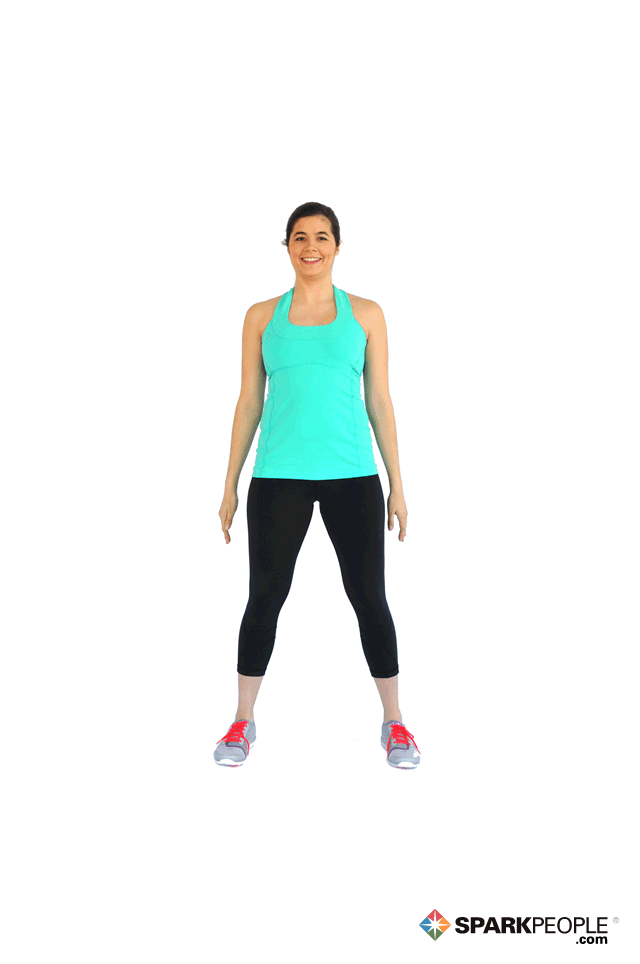 Dumbbell Shoulder Press Muscles worked: Shoulders Real-life movement: Putting a box on a high shelf, picking up a child 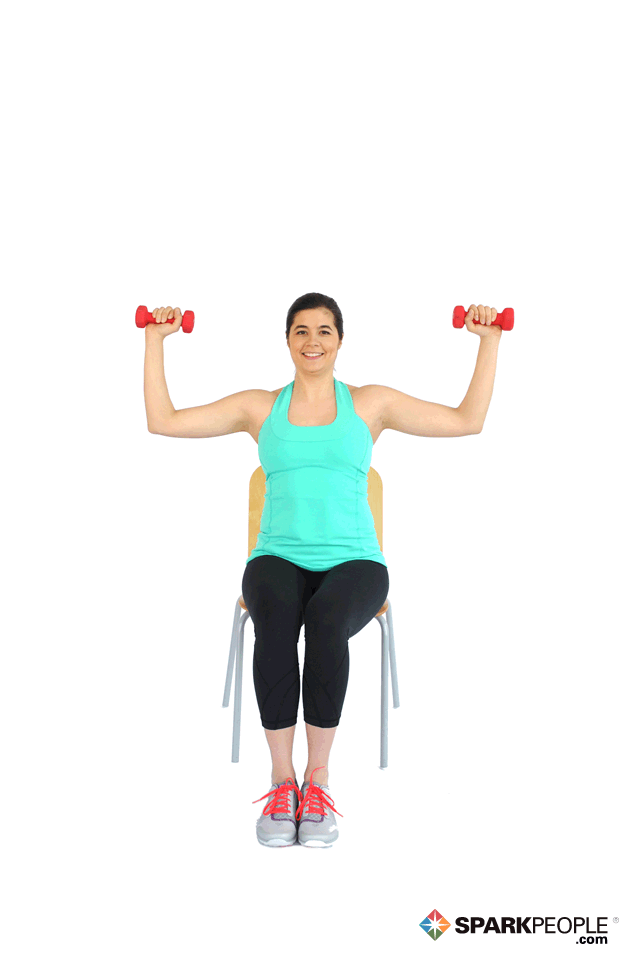 T Stand Muscles worked: Real-life movement: Picking things up from the floor, tying your shoes 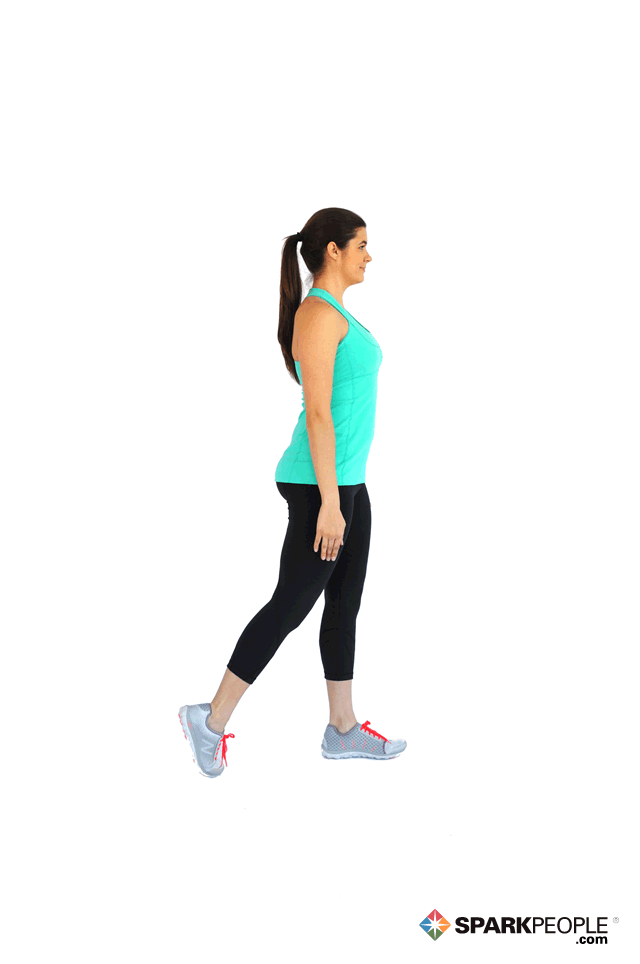 Muscles worked: Quads, glutes, inner thigh Real-life movement: Vacuuming, raking leaves in the yard 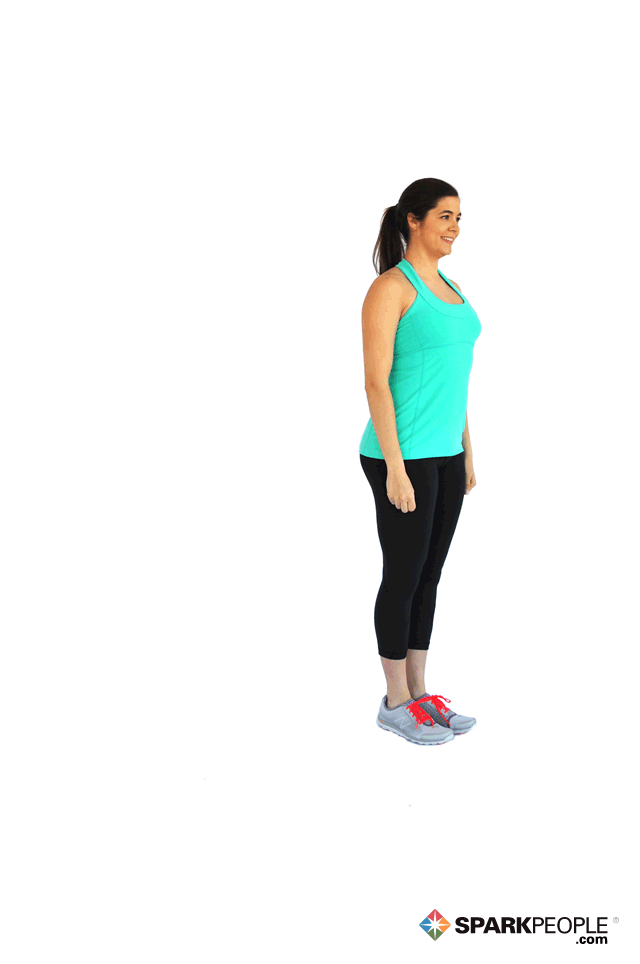 Pushups Muscles worked: Chest, triceps, shoulders Real-life movement: Getting up off of the floor, pushing a heavy door open 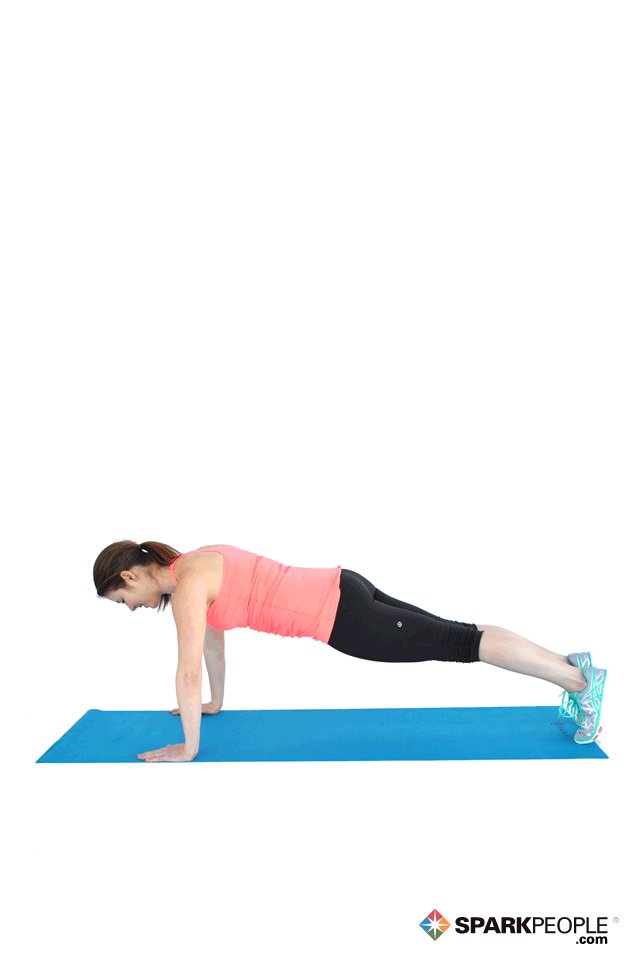 Muscles worked: Quads, glutes, calves Real-life movement: Climbing stairs, any activity that requires balance 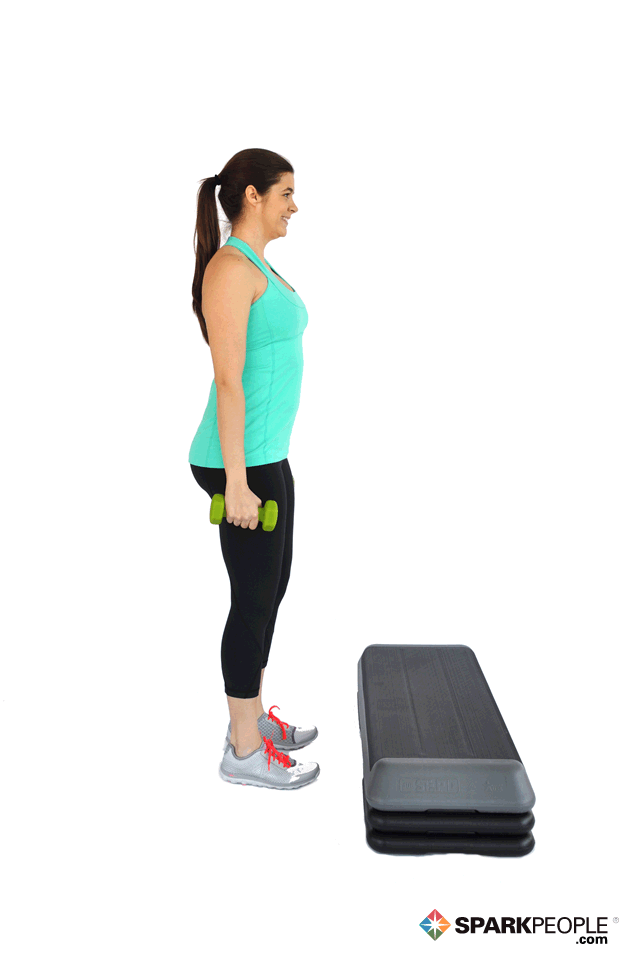 Boxer Muscles worked: Upper back, shoulders Real-life movement: Opening cabinet drawers, pulling grocery bags out of the car 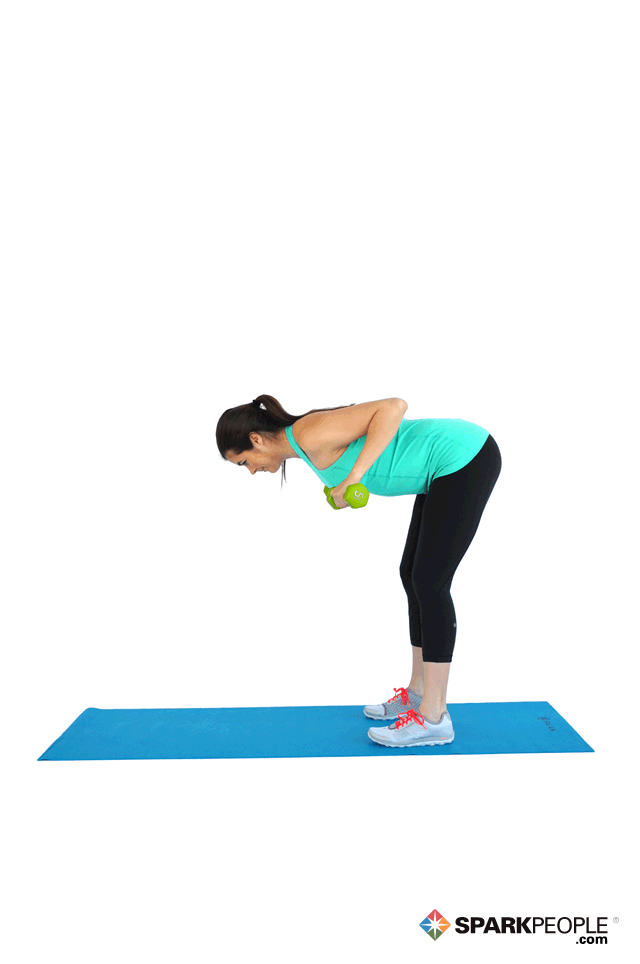 Whether you are struggling with daily tasks or just want to take a proactive approach to preventing injury or aging aches, functional fitness has a place in any well-rounded strength routine. By incorporating these exercises into your workouts, you're taking a proactive step toward improving strength, balance and the overall quality of your life. |





